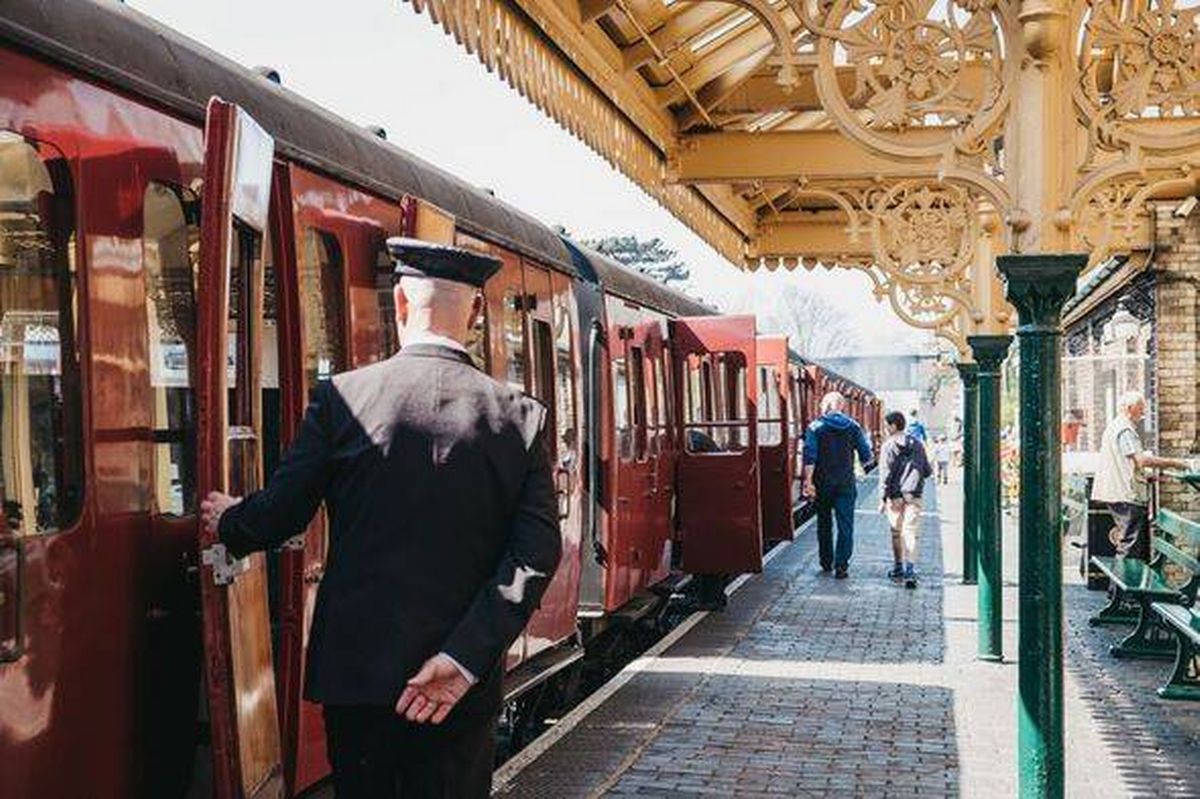The heritage steam railway trundles through pretty seaside villages and along stunning North Norfolk coastline
A stunning train route has been crowned England’s “most scenic” after travellers discovered it winds through charming seaside villages and breathtaking landscapes. Better still, the heritage steam railway itself is rich in history as it chugs along picturesque old tracks.
The Poppy Line, running between Sheringham and Holt in North Norfolk, meanders for 5.25 miles (8.45km) across the region’s flat countryside. East Anglia’s self-proclaimed “premier heritage railway” is run almost entirely by volunteers, lending the entire journey a welcoming atmosphere.
Yet it’s far from amateur – first class carriages provide dining experiences where passengers can tuck into delicious meals and enjoy exquisite bottles of wine.
Options range from a Comedy Dining Experience to various gourmet services, a Murder Mystery Dining experience – and even a Gin Train for those seeking a more relaxed affair.
Passengers board at Sheringham, a classic Victorian seaside town where fishing remains a thriving trade and shops stock an array of local goods. The town boasts an expansive beach with golden sands – ideal for a winter ramble whilst the train prepares for departure.
For those wanting a lengthier excursion, continue along the coast atop the gently rising cliffs to take in the diverse mix of wildflowers, butterflies and sweeping vistas of the North Sea.
From this point, the train chugs along for a few miles to the quintessentially English village of Weybourne, reports the Express.
Here you can also bask in the stunning coastal views, or perhaps pop over to the Muckleburgh Military Collection, the UK’s largest privately owned military museum, boasting over 120 tanks, guns and vehicles among its collection of 10,000 items.
Once you’ve had your fill of military history, meander over to one of the traditional British pubs where you can tuck into fish and chips, or locally sourced seafood or other produce. Notable establishments include The Ship Inn and The Red Lion.
Afterwards, hop back on the train and you’ll be whisked off to Kelling Heath Park, which is just a brief stop. From here you can embark on hikes around Kelling Heath, a 221-hectare Site of Special Scientific Interest.
Following this, Holt is the final stop, where you’ll alight to discover a treasure trove of 18th-Century Georgian buildings, with charming antique and book shops tucked away in the many hidden courtyards and alleyways. Don’t miss the cross in the marketplace that commemorates soldiers who fell in the war.
Just a stone’s throw away is Holt Country Park – a 100-acre woodland filled with oak, pine and silver birch trees. The ruins of Baconsthorpe Castle are also well worth a visit.
This moated and fortified manor house dates back to the 15th century and is teeming with intriguing history.




